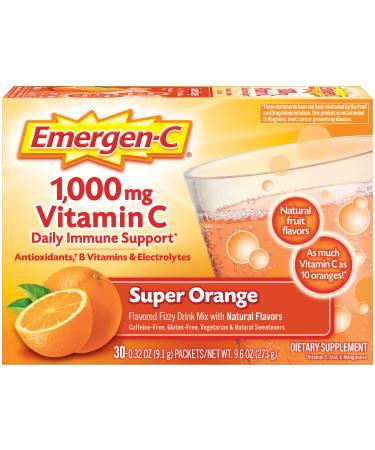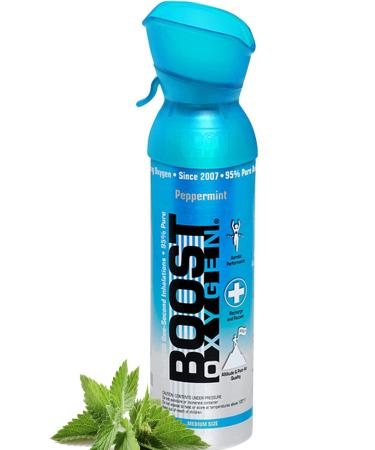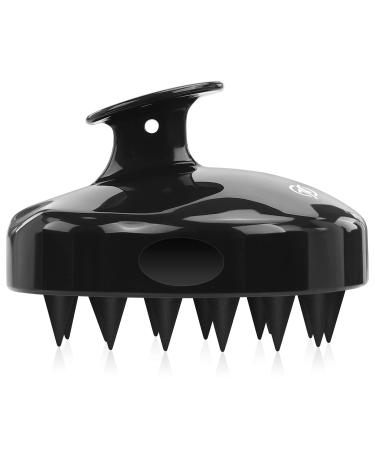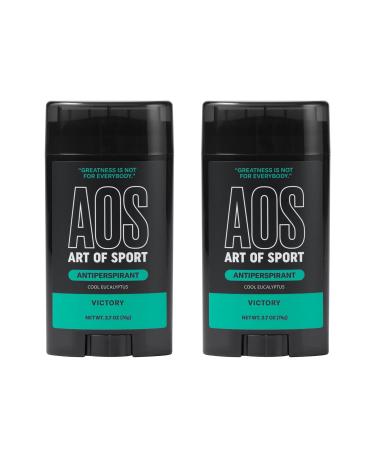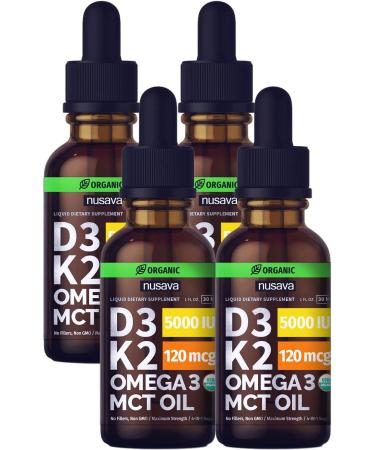Tinned food, including tinned fish, can be consumed in many different settings and situations. Here are some examples: 1. At home: Tinned fish can be used in a variety of recipes and dishes at home, including salads, sandwiches, pasta dishes, and casseroles. They can be a convenient and affordable option for home-cooked meals, particularly when fresh fish is not readily available or affordable. 2. In the office: Tinned fish can be a great option for lunch at the office, particularly if you don't have access to a fridge or microwave. A can of tuna or salmon can be paired with crackers or bread, along with some fresh fruits and vegetables, for a healthy and satisfying meal. 3. On the go: Tinned fish can be a convenient and portable option for on-the-go snacking or meals. A can of sardines or tuna can be packed in a lunchbox or backpack along with some crackers or bread, and can be eaten as a quick and healthy snack or meal. 4. While camping or hiking: Tinned fish can be a lightweight and convenient option for camping or hiking trips, as they don't require refrigeration and can be easily packed in a backpack. They can be eaten as a standalone snack or combined with other foods to make a meal. 5. In restaurants: Some restaurants may use tinned fish in their dishes, particularly in areas where fresh fish is not readily available or affordable. Canned sardines or anchovies may be used in salads, pastas, or as a topping on pizzas. It's important to note that when consuming tinned food, it's important to check the expiration date and ensure that the can is not damaged or bulging, which could indicate spoilage. "Versatility: Tinned fish can be used in a variety of dishes and can be prepared in many different ways, from simple salads and sandwiches to more complex dishes like pasta and casseroles. This versatility makes tinned fish a great ingredient to have on hand for quick and easy meal prep. Sustainability: Tinned fish is often sourced from sustainable fisheries and can help support responsible fishing practices. Additionally, tinned fish can help reduce food waste by allowing fish to be preserved and used for longer periods of time. Nutritional value: Tinned fish can be a great source of protein, omega-3 fatty acids, and other important nutrients, depending on the type of fish and how it's prepared. Omega-3 fatty acids are important for brain health, heart health, and reducing inflammation in the body. Affordability: Tinned fish is often more affordable than fresh fish, making it a budget-friendly option for those who want to include fish in their diet without breaking the bank. Convenience: Tinned fish is a convenient and easy-to-store option that can be used in a variety of dishes, from salads and sandwiches to pasta dishes and casseroles. It can be stored at room temperature and has a long shelf life, making it a great option for busy individuals and those who want to stock up on pantry staples.







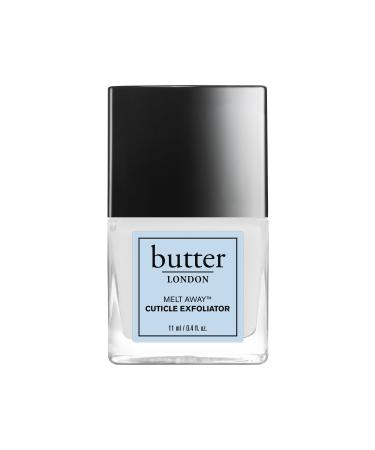
![Stewart Freeze Dried Dog Treats Made in USA [Single Ingredient Puppy and Dog Training Treats - Grain Free Natural Dog Treats] Resealable Tub to Preserve Freshness](https://www.gosupps.com/media/catalog/product/cache/25/small_image/375x450/9df78eab33525d08d6e5fb8d27136e95/6/1/61gwbbixarl._ac_sl1500_.jpg)
